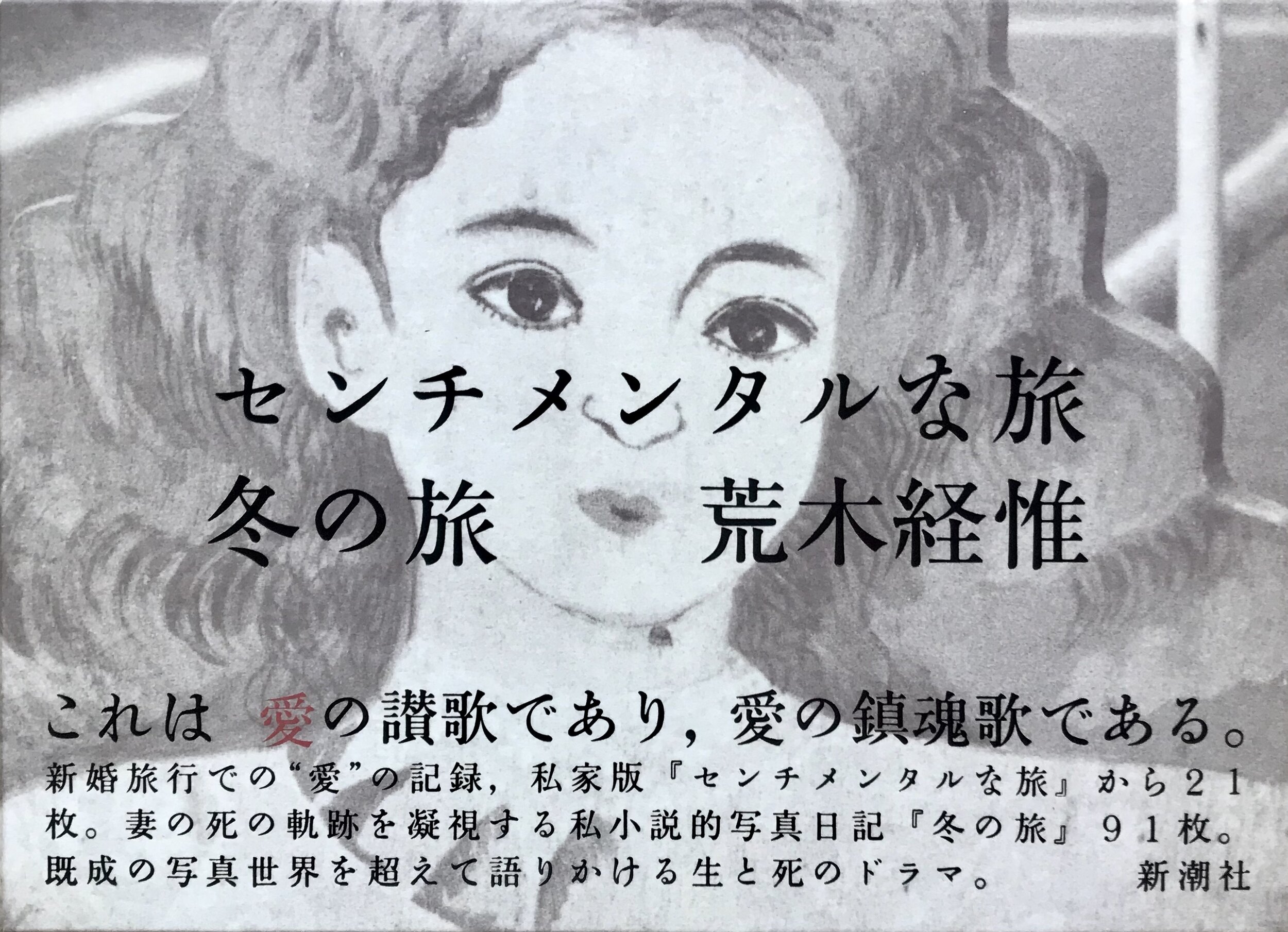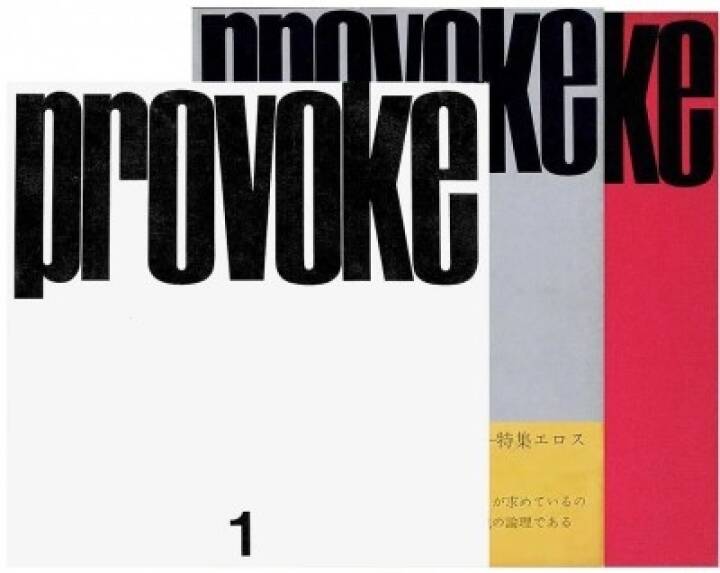Those who know me are aware that I have a big photobook collection. Now, I don’t mean books on the fundamentals of photography such as Ansel Adams’ The Negative but instead monographs such as Robert Frank’s The Americans (1958) or Henri Cartier-Bresson’s The Decisive Moment (1952). I think they’re great not just for inspiration but as a way to study what can be done with the medium.
My favourites are Japanese photographers, as their approach to photobooks are very unique in their presentation. I own a few from some of Japan’s most famous photographers, such as Daido Moriyama and Nobuyoshi Araki. One of my favourites has to be my first edition of Sentimental Journey, Winter Journey (1991) by Araki. A combination of two periods of the photographer’s life. The first section came from his acclaimed 1971 book Sentimental Journey that chronicles his honeymoon with his wife Yoko. The second section deals with her battle with cancer and eventual passing. It’s probably one of the most personal works I own, as it deals with a myriad of emotions, more so than your typical photobook.

Not to say Western photographers don’t produce powerful works too. For example, Mary Ellen Mark’s Tiny: Streetwise Revisited (2016) chronicles the life of a 13 year old prostitute Tiny (real name Erin Blackwell) from her life on the streets when Mark began photographing her in 1983 until Mark’s death in 2015 when Tiny is a mother of ten. The projects exposes and makes us consider the roots of poverty and addiction in America, and the hurdles that comes with it. The project started with the first publication Streetwise (1988) that chronicled homeless children who lived on the streets of Seattle, but Mark eventually focused on Tiny for the next 25 years.

The medium of photobooks can also be used as a statement or message, as is the case with Paolo Gasparini’s Para verte major, América Latina (1972) Gasparini travelled across Latin America in the 1960s and 1970s to document the clash between communism and capitalism. He documented the struggle and the excess of each side through stark black and white imagery of city life contrasted with life in the countryside. It is a brilliant book that’s difficult to come by these days, and a unique one that is important in the photobook canon. 
Photobooks don’t always have to be so serious. Jill’s Dogs (1993) by Jill Freedman and The Animals (1969) by Garry Winogrand are both books that aren’t necessarily held in high regard by photobooks aficionados, but I think they present a great, lighthearted view of everyday life through our organic counterparts in the form of dogs and animals at the zoo. Sometimes a body of work does not need to make a profound statement for it to be an effective use of the medium, as is the case with these two books. Sometimes all they need to do is make people smile.
My favourite photobook that I own aren’t necessarily books in the traditional sense, but rather facsimiles of the seminal 1968/1969 three issue magazine Provoke. The magazine aimed to stand “in opposition to the photography establishment”, presenting photographic theory and criticism alongside stark, high contrast black and white photographs in the style of “are-bure-boke”; grainy/rough, blurry, out of focus. It is unlike any other kind of photography I’ve encountered, and is what inspired me to go into the rabbit hole of post-War Japanese photography from the likes of Issei Suda and Masahisa Fukase.
Photobooks can be compiled and made to be more than just a curated collection of photos one has taken. They can also be a statement, or an art piece or even just pet photos. I own book titled Sasuke (2021) by Masahisa Fukase, a collection of Fukase’s photos of his feline companion that he took everywhere. A photobook can be a reflection of the artist, or a reflection of the time and place. It is wonderful to see the medium being pushed to its limits, not just in terms of the physical book but also the work they contain. I hope to produce one one day, one worthy of someone’s collection.
Plenty of photobooks are published every year, through publishers known for their quality printing such as Steidl (Germany), Mack (UK) and Stanley/Barker (UK) as well as online bookstores like Shashasha (Japan) and Photobookstore (UK) , but many more can be found at vintage book stores, which is how I’ve found many good books. I was so happy one day when I found a copy of Stephen Shore’s Uncommon Places (1982) at MacLeod’s for a good price. I’ve also found good books at Paper Hound and Massy Books here in Vancouver. Sometimes we here at Beau get books on consignment too! So if you are interested in starting a small photobook collection, perhaps you should start with your local vintage book store. You might find some treasures!
-Mustafa





